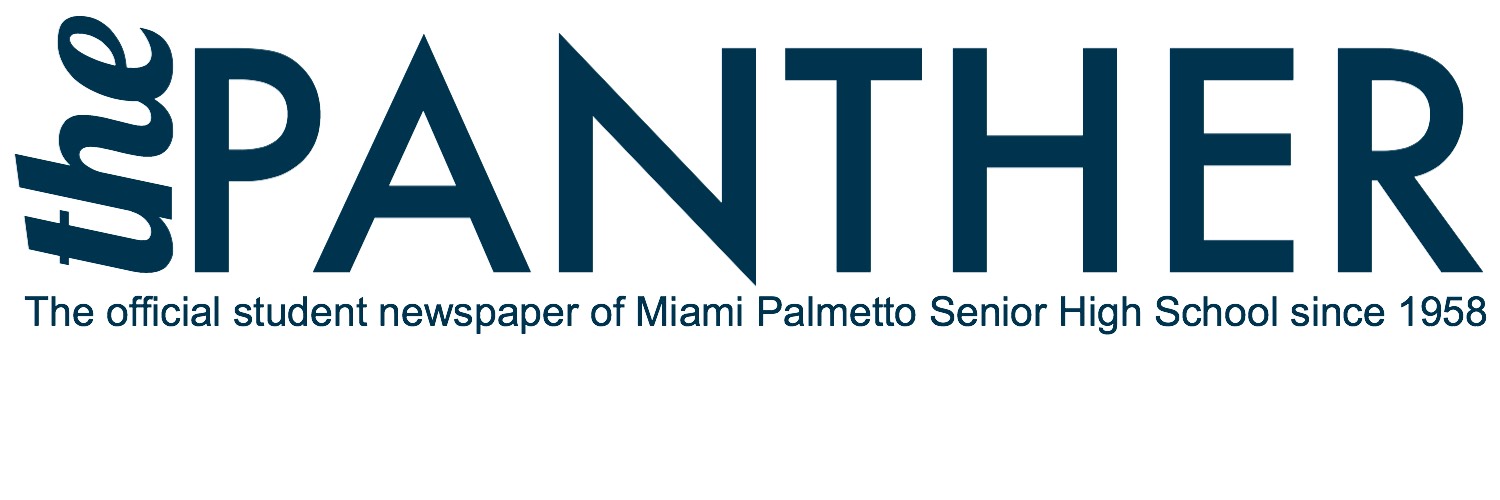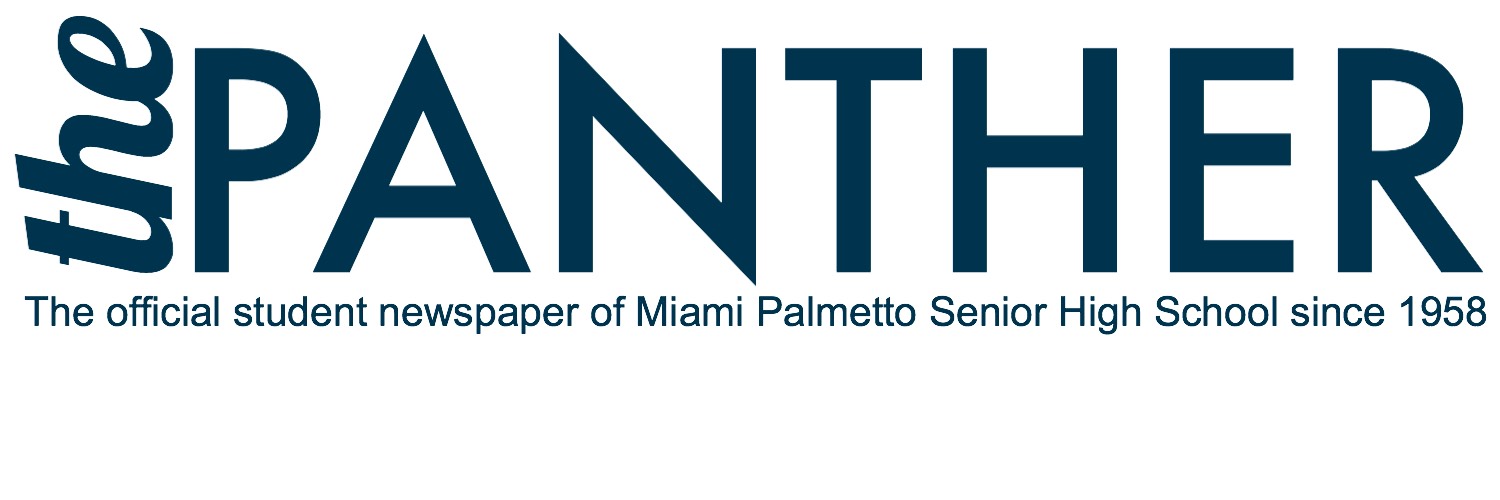Thirty-plus students in an English class does not seem like a productive environment for either the cramped students or the swamped teacher. That was the thinking behind the 2002 amendment to the Florida Constitution that set a 25-student limit on high school core classes such as math, science and English.
A senate bill the following year required the number of students per class to be reduced by at least two students per year until classrooms met the requirements.
This was calculated first at the district level, then at the school level, and finally, for the 2010-2011 school year, by the classroom level. Now, administrators are scrambling to reduce classes to 25 students.
“It doesn’t matter if it’s over by one student or if it’s over by ten, once you get to twenty six, you’re considered to be in the red,” Assistant Principal Victoria Dobbs said.
Administration began leveling with what some teachers call “the new math.” According to Dobbs, faculty members view schedules for core classes laterally to see if multiple teachers teach one subject within the same class period. For example, if three teachers teach first period World History, administrators would remove students from two sections and place them in one. Therefore, instead of having three sections over 25, there is only one.
This does, however, mean that one unlucky class will be overcrowded. In classes taking overload, there are about 35 students, but some classes have hit over 40 students.
In order to shift students out of overcrowded classrooms, Palmetto now offers core classes online during periods 1 through 6 in a computer lab in room 701. While the Florida Virtual School option was instituted by the school district, Palmetto initiated a program that allows students to take a virtual class at home by dropping either first or sixth period. School administrators say that students appear to appreciate having the virtual school option as an alternative.
“I feel it better suits my learning style,” senior Gregory Hoffman, who applied for a virtual AP Macroeconomic class, said. “I like being able to work at my own pace and feel the online teachers are helpful, flexible, and kind.”
While the online school still has about 100 available spots, many in-school classes, especially AP classes, have been closed out. For certain subjects, especially English, teachers feel that they no longer have the time to give students as much individual attention as they would like. As English teacher Inelissa Artzt explained, grading 140 essays, which can total 12 or more hours for one assignment, can put much strain on teachers.
“I’m interested in well-rounded individuals who know how to argue, discuss, and validate their points,” Artzt said. “With such large classes, there’s just not enough time to do the job to the level I would do it.”
If passed, Amendment 8 on the Nov. 2 ballot will increase the class size cap to 30, provided the school average remains at 25.




